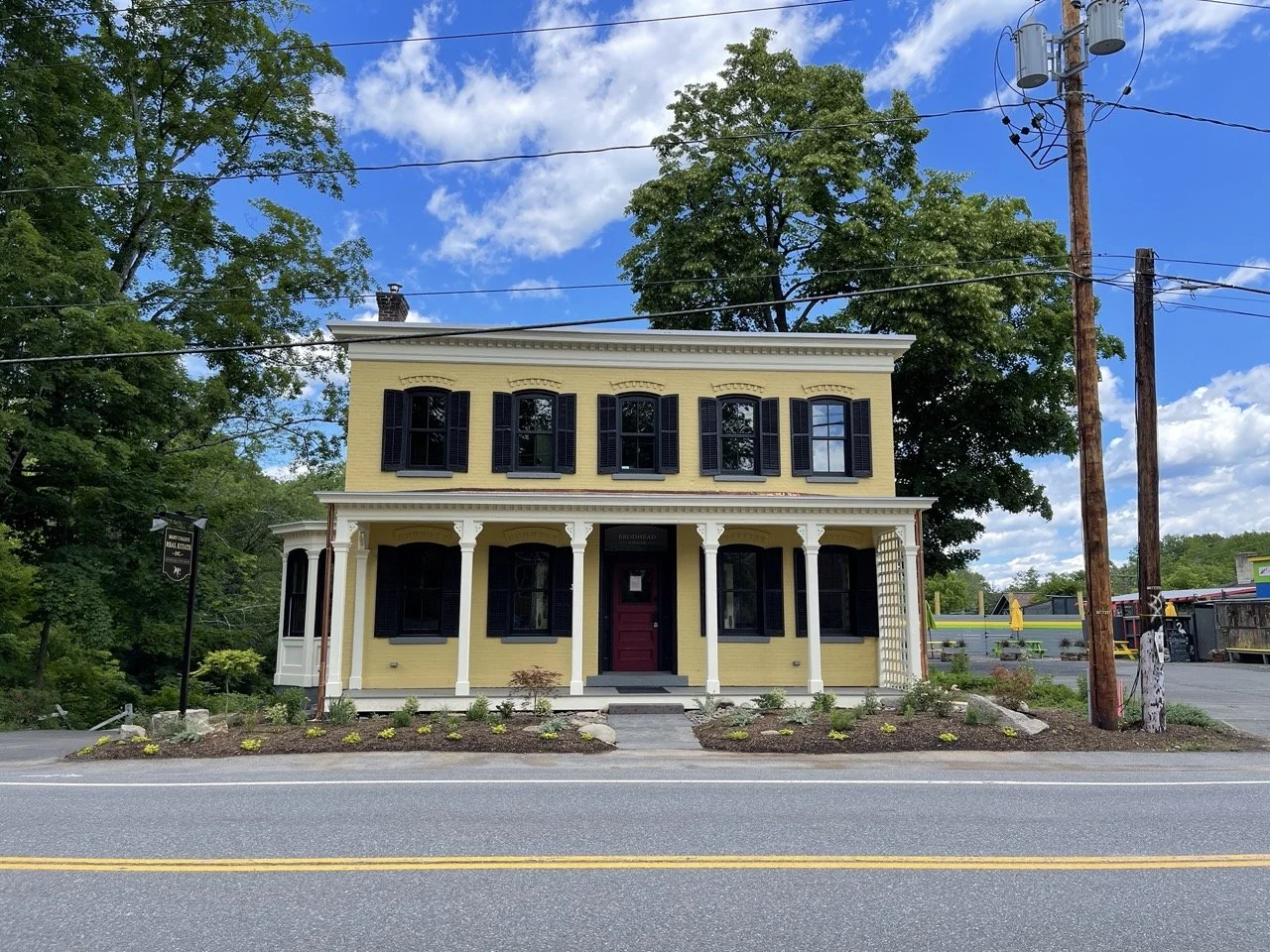In the world of construction, we're constantly seeking ways to build better. That's where the principles of Passive Building come into play; offering a comprehensive, holistic approach to creating structures that are energy-efficient, comfortable, healthy, and resilient.
Phius (Passive House Institute US) champions these principles, providing a rigorous standard that goes beyond conventional building methods. It's about designing and constructing buildings that work with nature, significantly reducing their environmental footprint and operational costs, while maximizing occupant well-being.
So, what are these Passive House principles? Let's break them down:
Thermal Control: The Power of a High-Performance Enclosure
Imagine a building that stays comfortably warm in winter and cool in summer, with minimal energy input. That's the magic of thermal control in passive building. It's achieved through:
Continuous Insulation: Think of it as wrapping your entire building in a thick, uninterrupted blanket. This minimizes heat loss in cold weather and heat gain in warm weather, dramatically reducing heating and cooling needs.
Thermal Bridge Elimination: Traditional construction often has "cold spots" where heat can easily escape (or enter) through structural elements like studs or beams. Passive building meticulously designs these out, ensuring uniform insulation and preventing uncomfortable drafts and potential moisture issues.
This reduction in thermal load in a building leads to the ability to specify smaller heating and cooling equipment, leading to reduced energy consumption and equipment costs.
These decisions play a significant role in balancing budget, design, and quality in your next remodeling project.
Air Control: Breathe Easy with Airtightness and Balanced Ventilation
Airtightness is a cornerstone of passive building. It's not about sealing a building shut and letting it get stuffy; it's about controlling the air that enters and leaves the building.
Airtight Construction: By sealing the building envelope meticulously, passive buildings prevent uncontrolled air leakage. Proper air-sealing strategies eliminate the risk of condensation and moisture accumulation within the building, which can lead to issues with mold growth and wood rot. Air-sealing also stops conditioned air from escaping and unconditioned, often polluted, outside air from infiltrating, leading to significant energy savings and enhanced indoor air quality.
Balanced Ventilation with Heat & Moisture Recovery: With an airtight enclosure, continuous fresh air is crucial. Passive buildings utilize sophisticated ventilation systems (like Energy Recovery Ventilators or ERVs) that continuously exhaust stale air from kitchens and bathrooms while supplying fresh, filtered air to living spaces. Crucially, these systems recover heat (and sometimes moisture) from the outgoing air and transfer it to the incoming fresh air, further boosting efficiency.
Radiation Control: Harnessing the Sun
The sun is a powerful energy source, and passive building designs strategically leverage it.
High-Performance Glazing: Passive buildings use specialized windows and doors (usually with triple-paned glazing) with optimized sizing and placements for their climate and site/building orientation. This means allowing beneficial solar heat gain in winter when needed, and minimizing unwanted heat gain in summer.
Shading and Daylighting: Thoughtful design incorporates shading strategies (like overhangs or external blinds) to prevent overheating during warmer months.
Passive design principles like these often complement our design-build approach to streamlining construction in Upstate New York.
Moisture Control: Durability and Health from the Inside Out
Controlling moisture is vital for the long-term health and durability of any building. Passive building addresses this comprehensively:
Material Moisture Design: High-performance enclosures require careful attention to vapor and moisture control design to prevent condensation and mold growth within wall assemblies.
Air Humidity Management: Proper selection and commissioning of mechanical systems ensure that indoor humidity levels are maintained within comfortable and healthy ranges, preventing issues like condensation and mold.
The Phius Advantage: Beyond Energy Savings
Implementing these principles doesn't just lead to remarkable energy efficiency (Phius-certified buildings can perform up to 85% better than conventional construction). It delivers a host of other benefits:
Unmatched Comfort: Consistent indoor temperatures, no drafts, and quiet interiors create a supremely comfortable living and working environment.
Superior Indoor Air Quality: Continuous filtration and fresh air supply drastically reduce indoor pollutants, allergens, and odors, fostering healthier spaces.
Enhanced Resilience: Passive buildings are inherently more resilient to power outages and extreme weather events, maintaining comfortable temperatures for longer without active heating or cooling.
Long-Term Durability: Meticulous design and construction, with a focus on moisture control and airtightness, contribute to a more durable and long-lasting structure.
Cost-Optimized: While there are increases in upfront investment, the significant energy savings and reduced maintenance costs lead to a significant return on investment and lower lifetime operating expenses.
Passive building is more than a trend; it's an innovative, sustainable, and responsible way to build for the future. By understanding and embracing these core principles, we can create buildings that are not only better for our planet but also better for the people who live and work within them.
Why Choose Us for Your Passive House Project?
As a PHIUS Certified Passive House Builder (CPHB), we are committed to delivering high-performance, energy-efficient homes that exceed your expectations. Our team of experts understands the intricacies of Passive Building and can guide you through every step of the construction process. Whether you're interested in building a new Passive House or upgrading your existing home for greater efficiency, we're here to help you achieve your goals.






